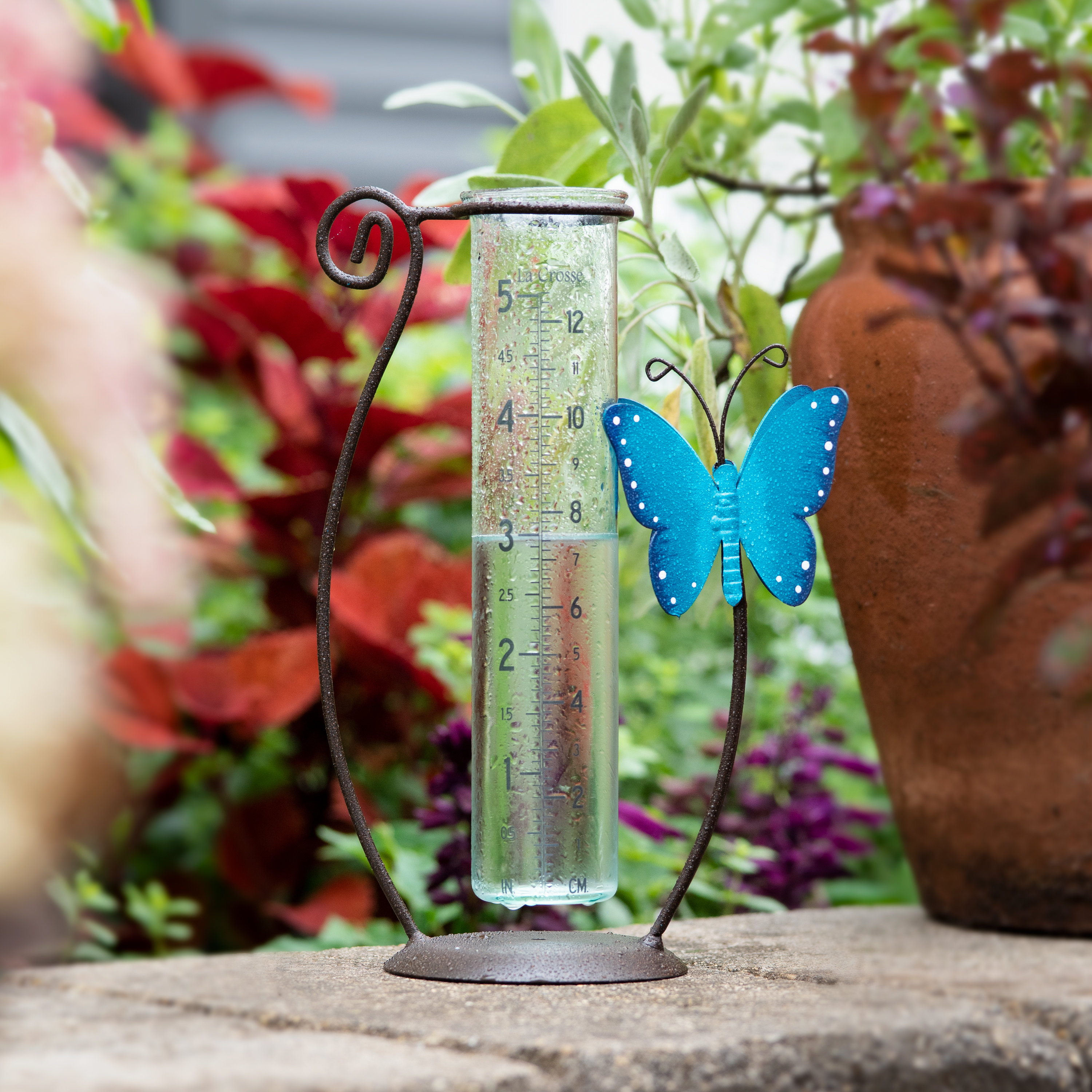Study The Rain Gauge: From Historic Evolution to Modern Applications
Study The Rain Gauge: From Historic Evolution to Modern Applications
Blog Article
Do It Yourself Rainfall Gauge: Simple Actions to Make Your Own
Creating your own Do it yourself rainfall scale is a simple and efficient way to determine and tape precipitation. With just a few typical products and some standard actions, you can easily construct your own rain gauge at home. Let's get begun on making your Do it yourself rainfall scale today!
Gather Products
To begin constructing your Do it yourself rainfall scale, gather all the required products utilizing a comprehensive list of products. Having the best products on hand will certainly make certain the effective creation of your rainfall scale and permit for exact measurements of rainfall. Collecting these products ahead of time will improve the building and construction procedure and guarantee that you have everything you require to develop your own Do it yourself rain gauge.
Prepare the Container

Mark the Measurement Increments
To properly gauge the amount of rainfall, accurately marking the dimension increments on your DIY rain scale is essential. Without exact and clear markings, it would be difficult to determine the precise amount of rains accumulated in your rainfall gauge. Right here are the steps to mark the measurement increments on your rainfall gauge.
The most common units for measuring rainfall are millimeters and inches. Once you have chosen the device, utilize a long-term marker or water resistant paint to note the increments on the side of your rain gauge.
When marking the increments, it is essential to make sure that they are uniformly spaced and plainly noticeable. Utilize a ruler or determining tape to guarantee accuracy and consistency. In addition, make sure that the markings her response are resistant to fading or abrading, as exposure to the elements might create them to weaken over time.
Area the Rain Scale Outdoors
The rain gauge must be positioned outdoors to precisely gather rains data. The location chosen for the rainfall scale must be open and totally free from any type of blockages that might possibly affect the measurement of rains. It is essential to locate an area that is not obstructed by trees, buildings, or various other frameworks that might block the rain from getting to the scale. This will certainly ensure that the collected data is agent of the actual rainfall in the location.
In addition, it is essential to position the rainfall gauge on a stable surface area, such as a degree ground or a strong blog post. This will avoid any kind of motion or tilting of the scale, which could bring about imprecise measurements. It is additionally suggested to avoid placing the scale near any kind of sources of artificial water, such as lawn sprinklers or drainage systems, as this can hinder the accuracy of the measurements.
Display and Record Rain Information
Normal monitoring and recording of rainfall information is vital for accurate data evaluation and analysis. By keeping an eye on rains dimensions, you can obtain useful insights into weather condition patterns, environment trends, and water resource monitoring. To properly monitor and record rains data, it is essential to establish a regular and maintain regular methods.
Firstly, make sure that your rain gauge is positioned in an open area away from challenges such as trees or structures that may obstruct rainfall. Additionally, see to it the rainfall scale is level and securely anchored to avoid any kind of movement that could impact the accuracy of the dimensions.

When videotaping the rains information, it is necessary to keep in mind the day and time of each dimension. Use this contact form a leader or a gauging stick to identify the rainfall depth in the rainfall scale, and document this details properly.
To ensure the precision of the dimensions, it is recommended to empty the rain scale after each recording. This will certainly stop any type of overflow or dissipation from influencing subsequent dimensions.
Conclusion
To conclude, developing a DIY rain scale is a easy and functional way to keep an eye on and tape rainfall data (The Rain Gauge). By complying with the steps detailed in this post, you can easily gather products, prepare the container, note the dimension increments, and put the rain gauge outdoors. Regularly checking and recording rainfall data can give valuable details for numerous objectives
Having the appropriate products on hand will ensure the effective development of your rainfall gauge and allow for precise dimensions of rainfall.To precisely measure the amount of rains, accurately marking the dimension increments on your DIY rain scale is important.The rain gauge need to be placed outdoors to precisely accumulate rainfall data. The area picked for the rain gauge need to be complimentary and open from any obstructions that might possibly affect the measurement of rainfall.In final thought, developing a DIY rain gauge is a basic and sensible method to check and record rainfall data.
Report this page